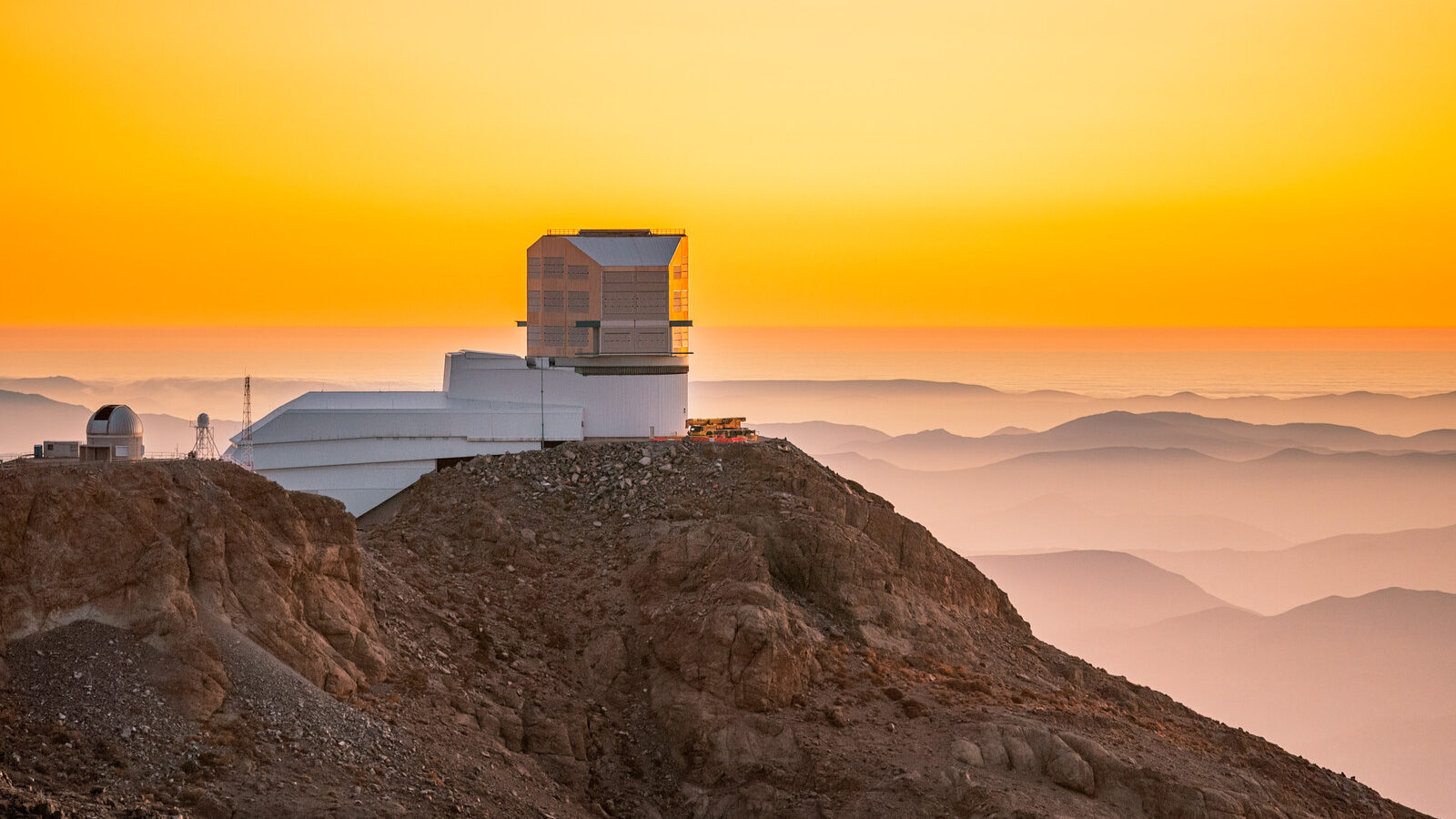Falling Chinese rocket debris spotted in space as White House weighs in (photo)
The debris is expected to crash to Earth this weekend.

Editor's note: China's huge Long March 5B rocket crashed back to Earth Saturday night (May 8) over the Arabian Peninsula. Read our full story of the reentry.
A skywatcher in Italy has spotted a huge Chinese rocket core falling uncontrolled from orbit, as the White House weighed in on the tricky international situation.
The core stage of a Long March 5B rocket is expected to slam into Earth's atmosphere Saturday (May 8) or thereabouts, although nobody can pinpoint the date, time or location yet. Such predictions can generally only be made just hours before impact, because atmospheric drag changes significantly as solar activity shifts.
Odds are the 23-ton (21 metric tons) piece of space debris will break apart high in the atmosphere and largely burn up, experts say, with any remaining pieces hitting uninhabited areas, as 70% of Earth's surface is covered in ocean. But again: We don't know that for sure.
Related: How to track China's falling rocket booster online

Italian astrophysicist Gianluca Masi, who runs the online Virtual Telescope Project, obtained a 0.5-second exposure of the falling rocket from Italy, using a 17-inch (43 centimeters) Paramount robotic telescope.
"At the imaging time, the rocket stage was at about 700 km [435 miles] from our telescope, while the sun was just a few degrees below the horizon, so the sky was incredibly bright," Masi wrote in a description of the image. "These conditions made the imaging quite extreme, but our robotic telescope succeeded in capturing this huge debris."
Breaking space news, the latest updates on rocket launches, skywatching events and more!
This Long March 5B was used to launch the core module of China's new T-shaped space station into orbit on April 28. The nation aims to assemble the station by 2022, an effort that will require 10 more launches. (China is not part of the International Space Station consortium, due partly to international security concerns.)
Related: The biggest spacecraft to fall uncontrolled from space
White House addresses the issue
U.S. Space Command has been providing updates on the falling rocket core since Tuesday (May 4) from its tracking data, and the White House answered questions from reporters about the issue on Wednesday (May 5).
"The United States is committed to addressing the risks of growing congestion due to space debris and growing activity in space," White House press secretary Jen Psaki told reporters Wednesday. "We want to work with the international community to promote leadership and responsible space behaviors. It's in the shared interests of all nations to act responsibly in space to ensure the safety, stability, security and long-term sustainability of outer space activities."
Space law is a complex network of treaties and agreements that largely says launching states are responsible for the debris that missions generate, whether they are government or commercial missions. If debris damage occurs, the United Nations' Outer Space Treaty liability convention suggests a launching state "shall be absolutely liable to pay compensation for damage caused by its space objects on the surface of the Earth or to aircraft, and liable for damage due to its faults in space."
The only time this convention was invoked was in 1978, when a nuclear-powered Soviet satellite called Kosmos 954 spread radiation-laden debris across the Canadian Arctic, forcing an urgent and expensive cleanup. The nations settled the matter for $3 million Canadian in 1981 (roughly $9 million CDN or $7.5 million USD in today's dollars.)
Psaki said that, if damage occurs from the Long March 5B debris, the White House will consult with U.S. Space Command and the Department of Defense for advice. But she didn't elaborate on what would happen next.
"At this point, we are certainly tracking its location through U.S. Space Command," Psaki said. "Hopefully, that's not the outcome that we are working through."
Not China's first big space-junk fall
The upcoming rocket fall won't mark the first time that a big piece of Chinese debris crashed back to Earth uncontrolled. Another Long March 5B rocket core came down in May 2020, for example. The pieces of that booster mainly fell into the Atlantic Ocean, but some debris hit West Africa, including inhabited villages in Côte d'Ivoire. No casualties were reported then.
And in April 2018, the nation's Tiangong 1 prototype space lab fell to Earth out of control, burning up over the Pacific Ocean.
While there is international concern about China's uncontrolled space debris, the United States has had its own incidents in the past. NASA experienced an uncontrolled re-entry with the Skylab space station in 1979, when chunks of the deorbiting complex accidentally hit parts of Australia, luckily causing no casualties. Before and since then, there have been a few large uncontrolled falls of other satellites and spacecraft from the United States and other countries.
Follow Elizabeth Howell on Twitter @howellspace. Follow us on Twitter @Spacedotcom and on Facebook.
Join our Space Forums to keep talking space on the latest missions, night sky and more! And if you have a news tip, correction or comment, let us know at: community@space.com.

Elizabeth Howell (she/her), Ph.D., was a staff writer in the spaceflight channel between 2022 and 2024 specializing in Canadian space news. She was contributing writer for Space.com for 10 years from 2012 to 2024. Elizabeth's reporting includes multiple exclusives with the White House, leading world coverage about a lost-and-found space tomato on the International Space Station, witnessing five human spaceflight launches on two continents, flying parabolic, working inside a spacesuit, and participating in a simulated Mars mission. Her latest book, "Why Am I Taller?" (ECW Press, 2022) is co-written with astronaut Dave Williams.
